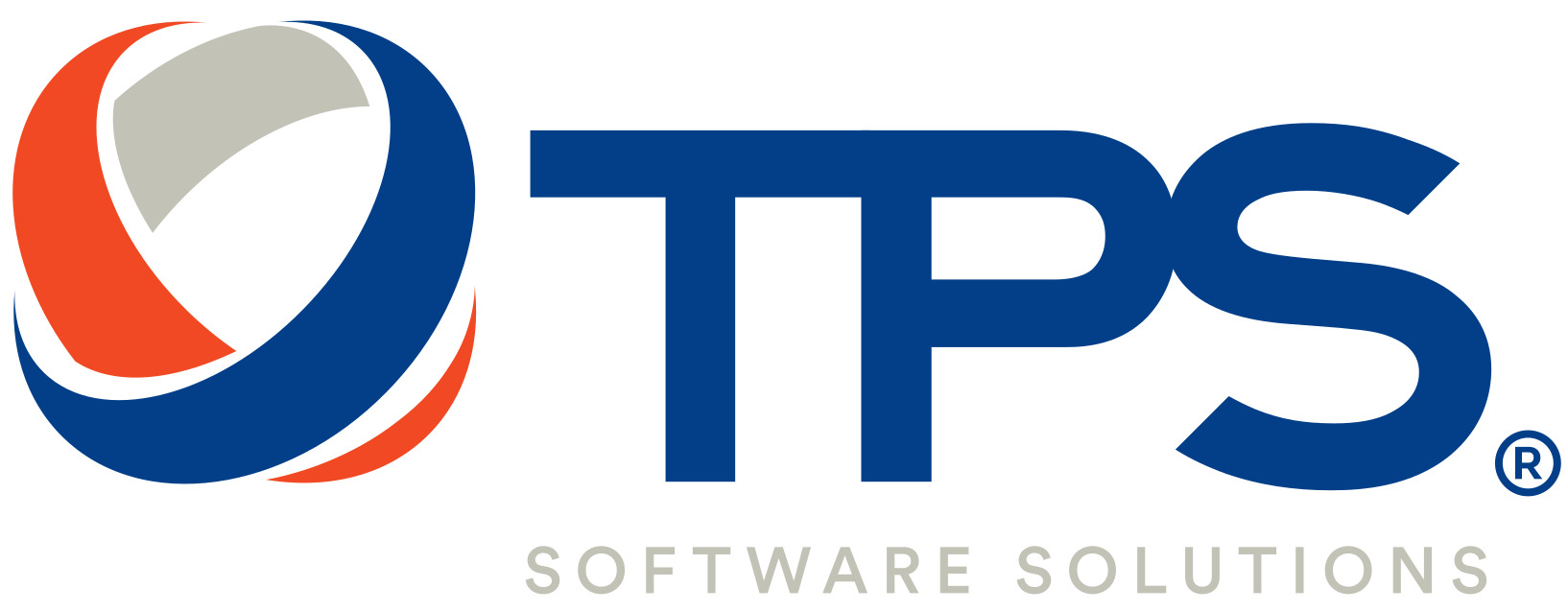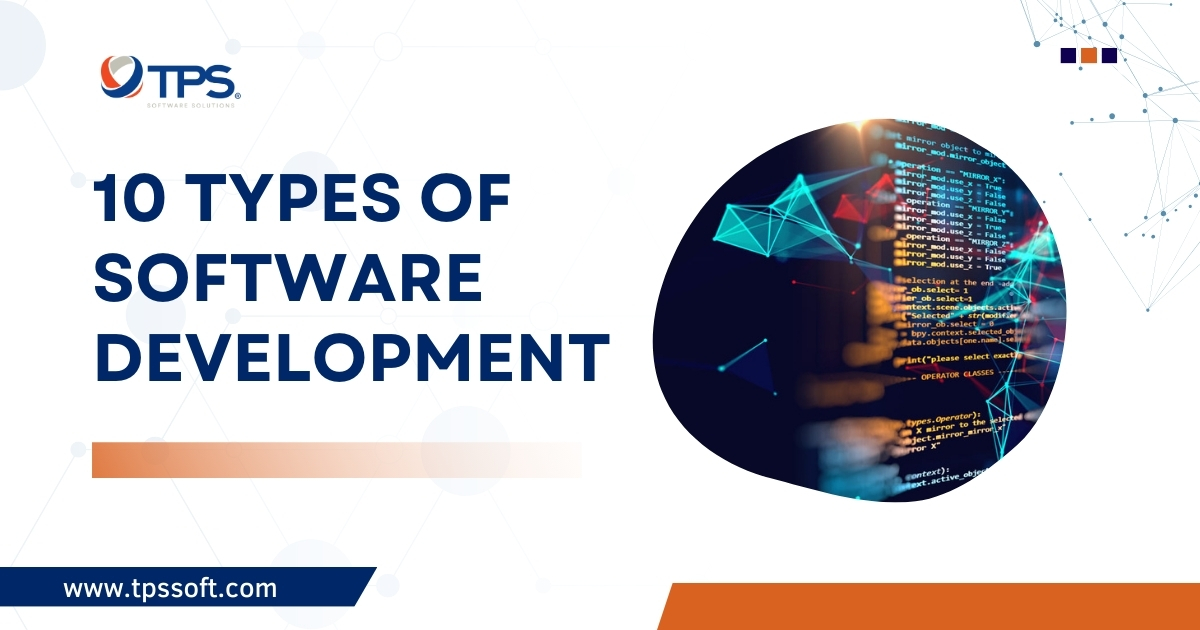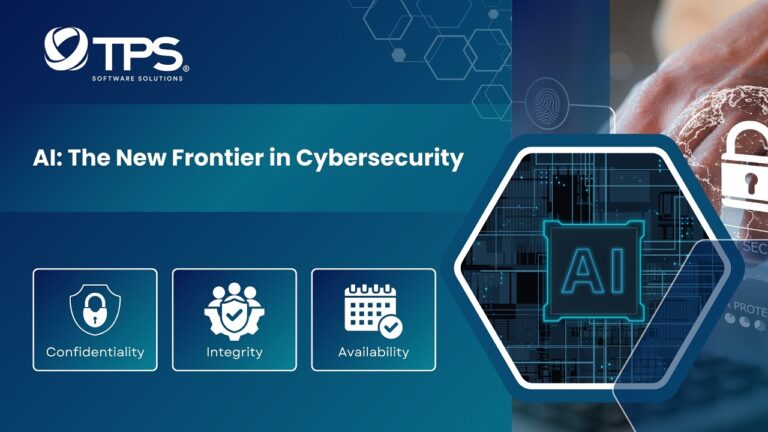Introduction
Welcome to the vibrant universe of technology, where software development weaves a tapestry of possibilities! As your seasoned guide in the ever-evolving realm of code, we are thrilled to talk about 10 unique and captivating types of software development.
Get ready to embark on a journey that unveils the fascinating intricacies of each domain, making the digital landscape come alive with creativity and innovation.
Types of Software Development
1. API Development
API development, which stands for Application Programming Interface development, involves creating and maintaining a set of rules and protocols that allow different software applications to communicate with each other. An API serves as a bridge that enables one software component to interact with another, facilitating the exchange of data and functionality.
In the process of API development, the exchange of data occurs through standardized formats, often utilizing HTTP methods such as GET, POST, PUT, and DELETE. The data is typically communicated in formats like JSON or XML, providing a common ground for seamless interaction between different software components.
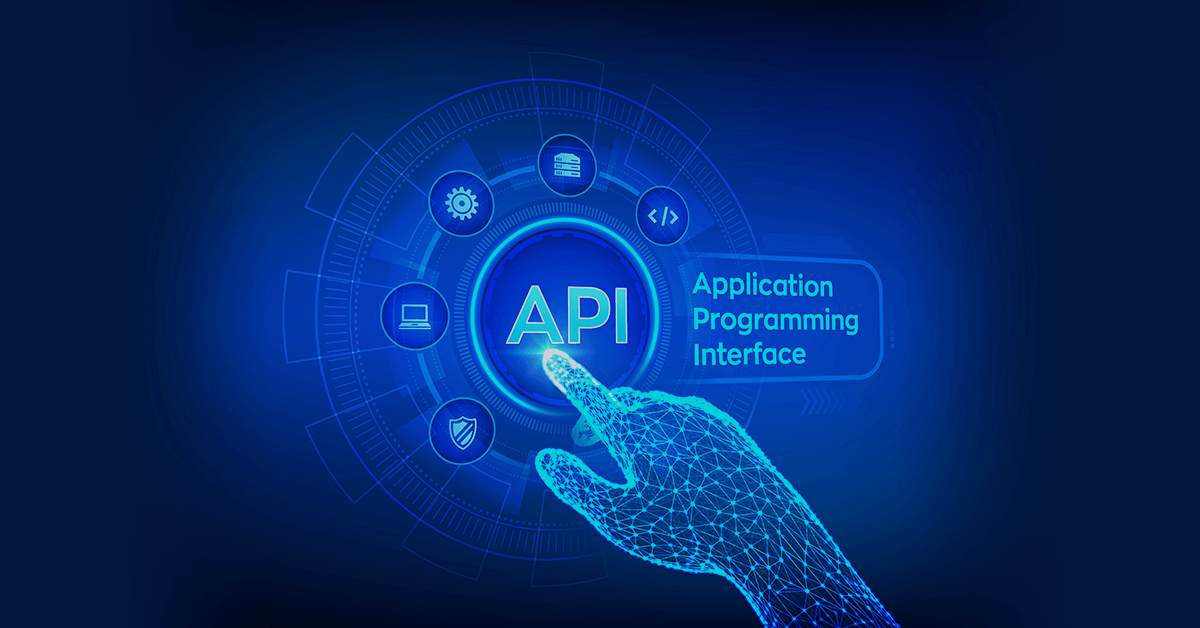
Authentication and authorization mechanisms are integral components of API development, ensuring that access to data or services is restricted to authorized users or applications. This involves implementing security measures such as API keys, tokens, or other authentication methods to safeguard against unauthorized access and potential security threats.
Well-crafted documentation is a cornerstone of good API development, offering comprehensive guidance for developers on how to effectively utilize the API. Documentation typically covers essential aspects such as endpoints, request and response formats, and authentication procedures, and provides illustrative examples of use cases.
Security considerations extend beyond testing, encompassing the incorporation of best practices to protect against unauthorized access, data breaches, and common security threats. This may involve the implementation of encryption, secure authentication methods, and measures to mitigate vulnerabilities like SQL injection or cross-site scripting.
Scalability is a key architectural consideration in API development, involving the design of interfaces that can handle increased usage and accommodate growing volumes of data. Factors such as load balancing, caching, and efficient database queries are pivotal in ensuring the scalability of the API.
Continuous monitoring of API performance and usage is crucial for identifying and addressing issues promptly. Analytics play a significant role in understanding how the API is utilized, providing valuable insights for optimizing its design and enhancing overall performance. In summary, API development requires a holistic approach that encompasses various facets to deliver interfaces that are secure, scalable, and performant for diverse applications and user needs.
2. Front-end Development
Front-end development involves the creation of a website or web application’s user interface and experience. This process revolves around designing and implementing the visual elements directly interacted with by users. Front-end developers are tasked with translating design and functionality into code visible and usable within web browsers.
At the core of front-end development is HTML (Hypertext Markup Language), which structures a webpage’s content by defining elements such as headings, paragraphs, images, and forms. CSS (Cascading Style Sheets) complements HTML by styling these elements and determining layout, colors, fonts, and overall visual presentation.
JavaScript, a scripting language, adds dynamism and interactivity to web pages. It handles user input, manipulates the DOM (Document Object Model), and facilitates communication with back-end servers. Responsive design is another crucial aspect, requiring developers to ensure adaptability to various devices and screen sizes using tools like Bootstrap or Flexbox.
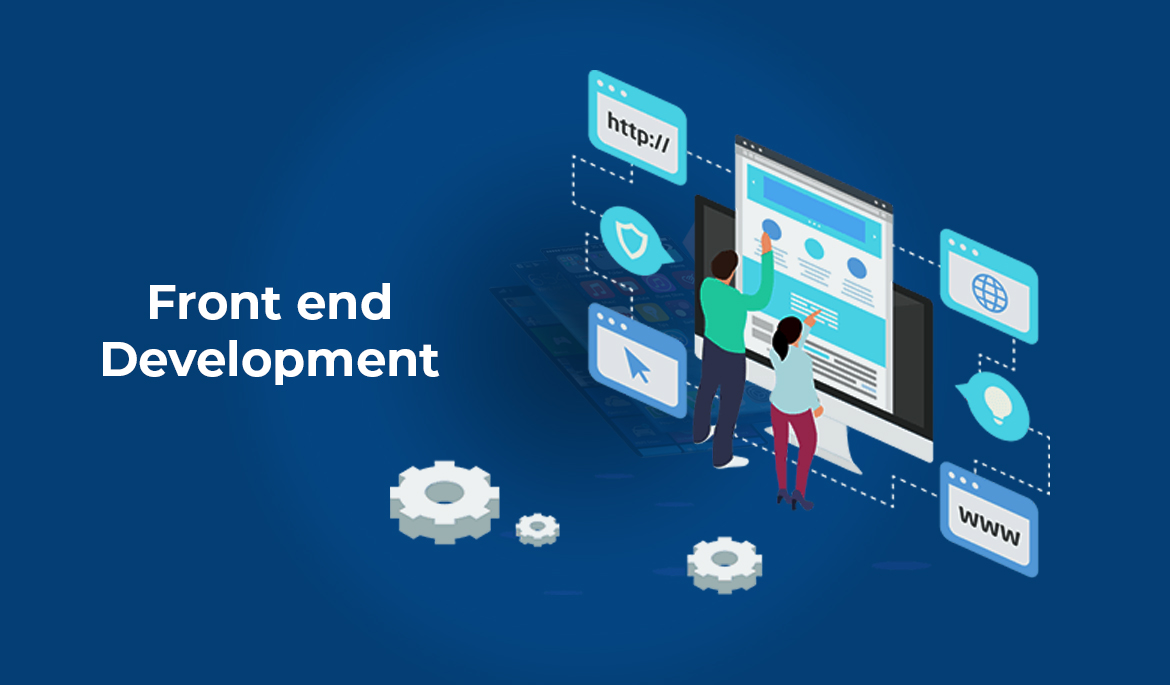
Front-end developers leverage browser developer tools for code inspection and debugging. Git, a version control system, aids in managing and tracking changes, enabling collaborative development and the ability to revert alterations. Performance optimization involves minimizing page load times and employing techniques like lazy loading of images.
Frameworks and libraries, such as React, Angular, or Vue.js, streamline development processes. Cross-browser compatibility ensures consistent functionality across different browsers, emphasizing a seamless user experience. Accessibility standards are crucial, promoting usability for individuals with disabilities through features like alternative text for images and keyboard-friendly navigation.
In summary, front-end development is a dynamic field requiring a blend of design skills and technical proficiency. It plays a pivotal role in delivering a positive user experience and is an integral part of the overall web development process.
3. Back-end Development
Back-end development constitutes the behind-the-scenes functionality of a website or web application. It focuses on the server-side logic, databases, and application architecture that power the user-facing elements developed by front-end developers. In essence, back-end developers create the server side of an application, handling data storage, security, and business logic.
A key component of back-end development is server-side scripting, where programming languages like Python, Ruby, Java, or PHP are used to process and manage data on the server. These languages enable the implementation of algorithms, authentication processes, and the overall functionality of the application.
Databases play a crucial role in back-end development, storing and retrieving data. Back-end developers work with database management systems such as MySQL, PostgreSQL, or MongoDB, ensuring efficient data storage, retrieval, and management.
APIs (Application Programming Interfaces) are integral to back-end development, facilitating communication between different software components. Back-end developers design and implement APIs to enable seamless interaction between the server and front-end elements, allowing for data exchange and functionality integration.

Security is a paramount concern in back-end development. Developers must implement measures to safeguard sensitive data, prevent unauthorized access, and protect against common vulnerabilities such as SQL injection or cross-site scripting.
Scalability is another consideration, as back-end systems need to handle increased user loads and growing amounts of data. This involves optimizing code, utilizing efficient algorithms, and often deploying technologies like load balancing.
Version control systems like Git are employed to manage code changes and facilitate collaboration among developers. Continuous integration and deployment (CI/CD) practices help automate the testing and deployment of back-end code, ensuring reliability and efficiency in the development process.
4. Full-stack Development
Full-stack development encompasses both front-end and back-end development, making a developer proficient in building and maintaining every aspect of a web application. Full-stack developers possess a comprehensive skill set, allowing them to work on both the client-side and server side of an application, as well as understand the interactions between these components.
On the front end, full-stack developers employ technologies like HTML, CSS, and JavaScript to create the user interface and ensure an engaging user experience. They focus on designing visually appealing and responsive layouts, implementing interactive elements, and addressing user-centric functionalities.
In back-end development, full-stack developers delve into server-side scripting languages such as Python, Ruby, Java, or PHP. They design and manage databases, ensuring efficient storage, retrieval, and manipulation of data. API development is also within their purview, enabling seamless communication between the front-end and back-end components.
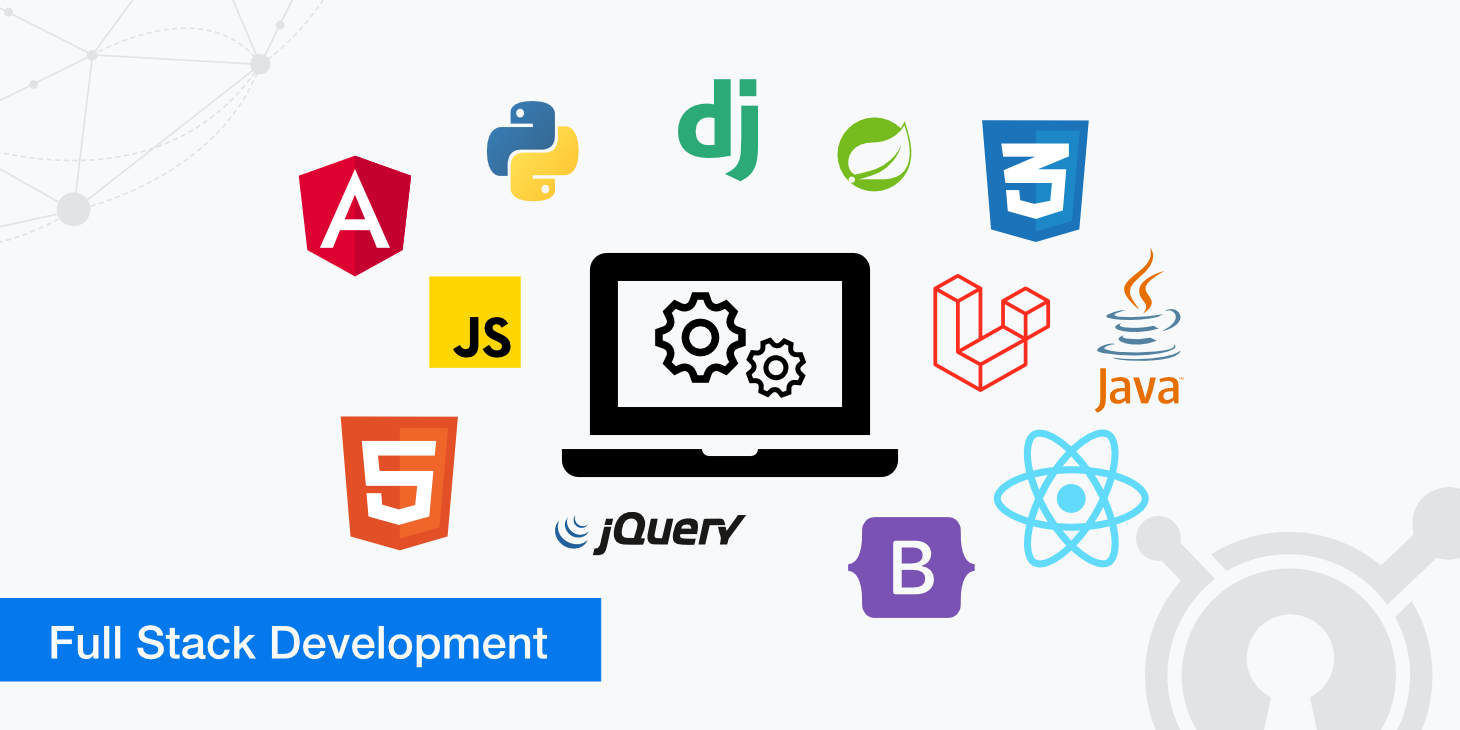
Database management is a critical skill in full-stack development, involving the selection and utilization of database systems such as MySQL, PostgreSQL, or MongoDB. Full-stack developers are responsible for structuring databases to support the application’s data requirements and optimizing queries for improved performance.
Security considerations are paramount in full-stack development. Developers must implement robust security measures on both the front end and back end to protect against data breaches, unauthorized access, and common vulnerabilities.
Additionally, full-stack developers are familiar with version control systems like Git, enabling them to manage changes, collaborate with team members, and maintain code integrity. They may also integrate continuous integration and deployment (CI/CD) practices to automate testing and deployment processes, ensuring a streamlined development workflow.
5. Mobile Development
Mobile development refers to the process of creating software applications specifically designed to run on mobile devices, such as smartphones and tablets. It encompasses a diverse range of platforms, including iOS for Apple devices and Android for a multitude of smartphones and tablets.
In mobile development, there are two primary categories: native and cross-platform/hybrid development.
Native Development
Native development involves creating applications for a specific platform, utilizing the platform’s native programming languages and development tools. For iOS, developers use Swift or Objective-C, while for Android, Java or Kotlin is commonly employed.
Native apps have the advantage of optimal performance and seamless integration with the device’s features. They can leverage platform-specific functionalities, providing a high-quality user experience.
Cross-platform/Hybrid Development
Cross-platform or hybrid development involves using frameworks such as React Native, Flutter, or Xamarin to build applications that can run on multiple platforms with a single codebase.
This approach streamlines development by allowing developers to write code once and deploy it on both iOS and Android. It can be a cost-effective solution for businesses targeting a wide audience.
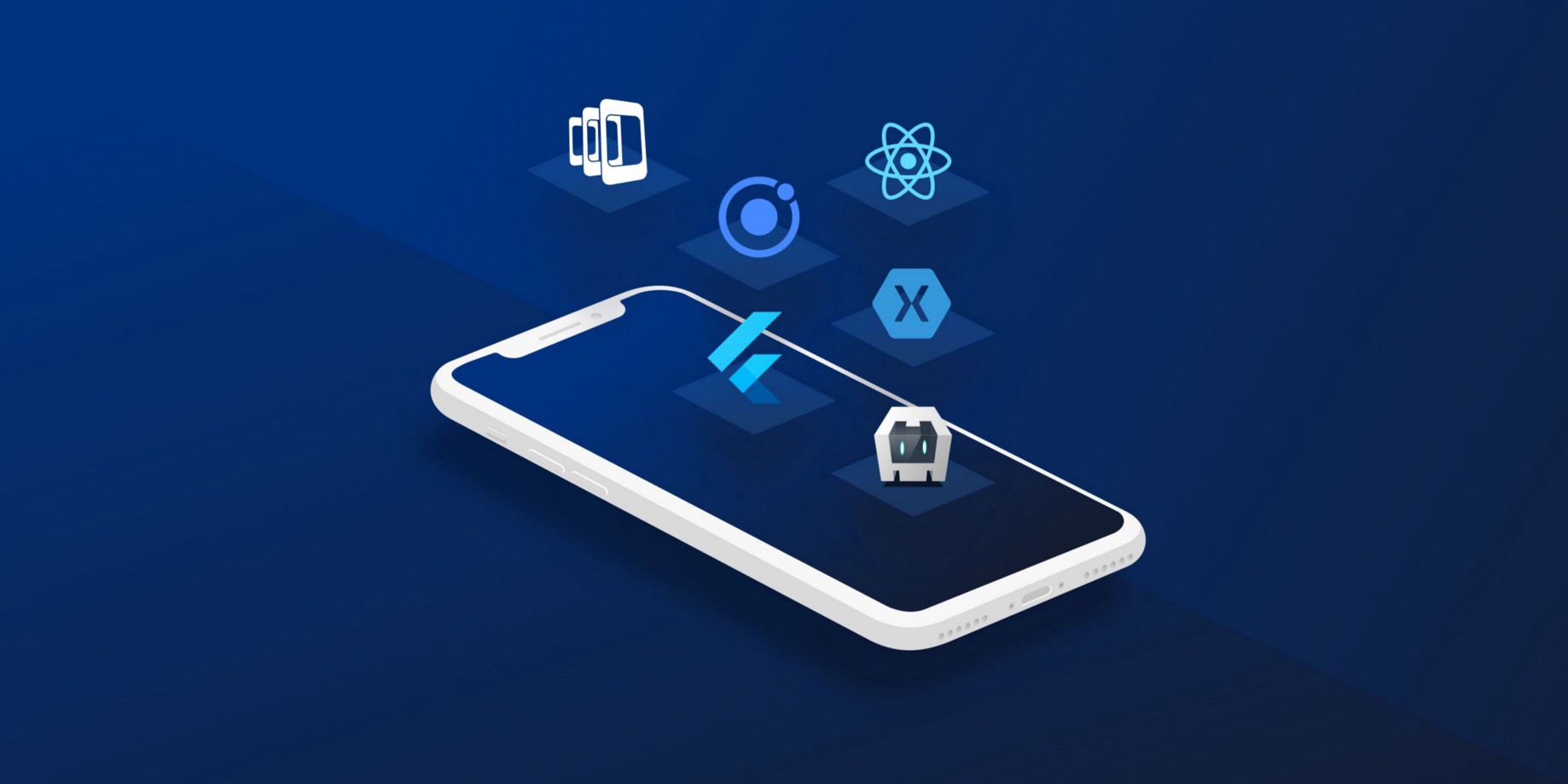
Key Aspects of Mobile Development
- Designing an intuitive and visually appealing user interface is crucial for mobile applications.
- Optimizing app performance to ensure smooth operation and responsiveness.
- Designing applications to be responsive and compatible with various resolutions and aspect ratios.
- Implementing measures to protect user data, prevent unauthorized access, and secure communication between the app and server.
- Taking advantage of device features such as cameras, GPS, sensors, and push notifications enhances the functionality and user experience of mobile applications.
- Navigating the process of submitting applications to app stores (such as the Apple App Store or Google Play Store), ensuring compliance with store guidelines and regulations.
- Releasing updates to address bugs, introduce new features, and adapt to changes in the mobile operating systems.
6. Web Development
Web development is a comprehensive process that involves the creation and upkeep of websites or web applications accessible on the Internet. The journey typically begins with web design, where the layout, structure, and visual components of a website are meticulously planned. Following this, front-end development takes center stage, as developers employ technologies such as HTML, CSS, and JavaScript to implement the user-facing elements.
Simultaneously, back-end development comes into play, focusing on the server-side logic, databases, and the overarching architecture of the application. Various scripting languages, including PHP, Python, or Ruby, are utilized in this phase. Database management is a critical aspect, ensuring the efficient storage and retrieval of data through systems like MySQL or MongoDB.
Managing servers and addressing security concerns are fundamental responsibilities, safeguarding against vulnerabilities such as Cross-Site Scripting (XSS) and SQL injection. Adhering to web standards and protocols is essential for compatibility across different browsers and devices. Additionally, responsive design practices are incorporated to ensure optimal user experiences on various screen sizes.
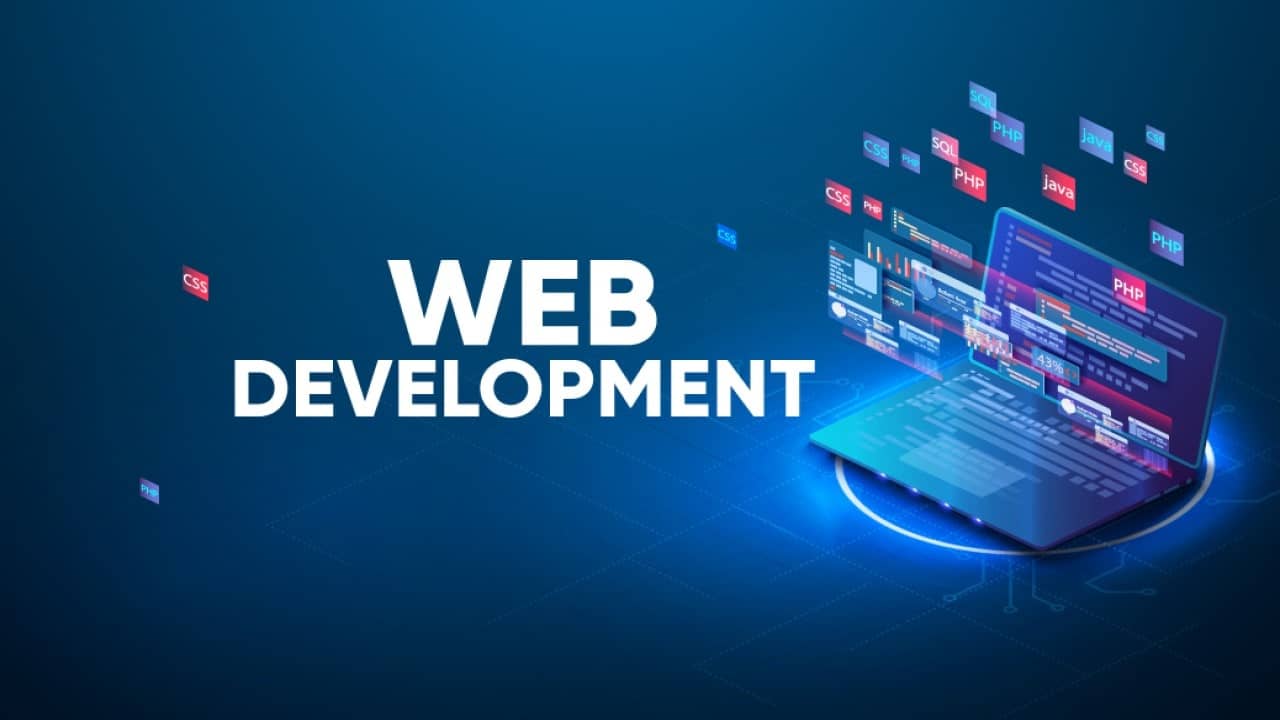
Version control, facilitated by systems like Git, enables collaborative development, allowing teams to manage and track changes in the codebase effectively. Content management systems like WordPress or Drupal provide frameworks for creating and managing content, offering convenience, especially for non-developers.
Web hosting and deployment finalize the process, with developers handling the deployment of websites to servers and managing hosting services. This involves configuring domain settings and ensuring the proper functioning of the deployed application. In summary, web development requires expertise in both front-end and back-end technologies, with a focus on design, security, performance, and user experience, all of which contribute to the seamless and effective functioning of websites and web applications.
7. Embedded Systems Development
Embedded systems development is a specialized field of software and hardware engineering dedicated to creating computing systems that are embedded within larger systems or devices. Unlike general-purpose computers, which can run a variety of applications, embedded systems are designed for specific tasks and functions. These systems often operate within constrained environments, such as microcontrollers or microprocessors, and are tailored to meet the precise requirements of the host device.
In the realm of embedded systems, hardware, and software are intricately interwoven to form a cohesive unit. The hardware components, including processors, memory, sensors, and actuators, are carefully selected and configured to efficiently execute the dedicated functions of the embedded system. Concurrently, the software is crafted to optimize performance, utilizing programming languages such as C or C++ for efficiency and low-level control.

One characteristic of embedded systems is their real-time responsiveness. Many embedded systems are designed to respond instantaneously to input or changes in the environment, making them suitable for applications like automotive control systems, medical devices, or industrial automation. The development process involves meticulous attention to timing constraints and a deep understanding of the specific application domain.
Embedded systems development encompasses a diverse range of industries and applications. In the automotive sector, embedded systems control engine functions, safety features, and in-car entertainment. In healthcare, they power medical devices for diagnostics and patient monitoring. Industrial automation relies on embedded systems to control machinery and processes efficiently. Consumer electronics, such as smart appliances and wearable devices, also heavily depend on embedded systems to provide seamless and responsive functionality.
The challenges in embedded systems development often revolve around optimizing resource utilization, managing power consumption, and ensuring the reliability and robustness of the system in different operating conditions. As technology continues to advance, embedded systems developers face the task of keeping pace with evolving hardware architectures, communication protocols, and security considerations to meet the demands of an ever-expanding range of applications.
8. Application Development
Application development is a comprehensive process involving the creation, design, and implementation of software applications for various computing devices and platforms. These applications, commonly known as apps, can serve a multitude of purposes, ranging from productivity tools and entertainment applications to business solutions and communication platforms. The goal of application development is to deliver functional, user-friendly, and efficient software solutions that cater to specific needs or solve particular problems.
The development lifecycle typically begins with careful planning and analysis to define the objectives and requirements of the application. This phase involves understanding the target audience, determining the desired features and functionalities, and establishing a roadmap for the development process. Clear communication with stakeholders is crucial to ensure alignment with business goals and user expectations.

The design phase of application development focuses on creating the user interface (UI) and user experience (UX) elements. This involves wireframing, prototyping, and defining the visual aesthetics of the application. Design considerations extend beyond aesthetics to encompass factors such as navigation, accessibility, and overall usability, all of which contribute to a positive and engaging user experience.
Following the design phase, developers engage in the actual implementation of the application. This involves writing the code that brings the envisioned features to life. The programming languages and frameworks chosen for development depend on factors such as the target platform, the nature of the application, and developer preferences. The code is rigorously tested to identify and address bugs, ensuring the reliability and stability of the application.
Application development is not a static process; rather, it involves continuous improvement and updates. Feedback from users and real-world usage data are crucial in identifying areas for enhancement or correction. Developers release updates, patches, and new versions to introduce new features, address issues, and adapt to changes in technology or user preferences.
The deployment phase involves making the application available to users, often through distribution platforms like app stores or direct downloads. Marketing and promotion efforts may accompany the release to increase visibility and attract users. Post-deployment, ongoing maintenance, support, and security updates are essential to ensure the sustained performance and security of the application throughout its lifecycle.
9. Game Development
Game video development is a specialized and dynamic field within the broader realm of software and multimedia creation. It involves the conception, design, and implementation of interactive and visually engaging video games for various platforms, including consoles, PCs, mobile devices, and virtual reality systems. Game development is a multidisciplinary endeavor, bringing together skills in programming, graphic design, sound engineering, storytelling, and user experience design to craft immersive and entertaining gaming experiences.
The process of game video development typically begins with the conceptualization phase, where developers outline the game’s storyline, characters, and overall gameplay mechanics. This stage involves creative collaboration and ideation to define the game’s unique features and objectives. Clear communication of the game’s vision and goals is essential during this phase to guide the subsequent development efforts.
Designing the visual elements and aesthetics of the game is a crucial aspect of game video development. Graphic artists and designers work on creating the characters, environments, and visual effects that bring the game world to life. The design phase extends beyond the visual realm to encompass user interface (UI) and user experience (UX) considerations, ensuring that players can navigate the game seamlessly and enjoy an intuitive and engaging interface.

Programming forms the backbone of game video development, where developers use coding languages such as C++, C#, or Python to implement the game logic, mechanics, and functionality. This involves creating algorithms for gameplay, handling user input, managing artificial intelligence, and integrating audio-visual elements. The coding process is iterative, involving extensive testing and debugging to ensure a smooth and bug-free gaming experience.
Sound design and music composition contribute significantly to the immersive quality of video games. Sound engineers and composers work to create aural landscapes that complement the game’s atmosphere, enhance storytelling, and provide feedback to players. The synchronization of sound and visuals is critical for establishing the overall mood and emotional impact of the gaming experience.
Game video development is characterized by iterative cycles of testing and refinement. Quality assurance teams rigorously test the game to identify and address bugs, glitches, and potential issues that may impact gameplay or user satisfaction. Feedback from playtesting is invaluable in refining the game’s mechanics and ensuring it meets the expectations of the target audience.
Once development and testing are complete, the game is ready for deployment. Distribution platforms, such as digital storefronts or physical media, facilitate the release of the game to players. Post-release, ongoing support in the form of updates, patches, and downloadable content helps maintain player engagement and addresses any emerging issues.
10. Software Tools Development
Software tools development refers to the creation of specialized programs and applications designed to assist and streamline various aspects of the software development lifecycle or enhance the efficiency of specific tasks. These tools serve as aids for developers, engineers, and other professionals involved in software creation by providing functionalities that simplify complex processes, automate repetitive tasks, or facilitate collaboration within development teams.
One common category of software tools includes Integrated Development Environments (IDEs), which offer a comprehensive platform for coding, debugging, and testing applications. IDEs bring together features like code editors, build systems, and debugging tools into a unified environment, enhancing the development workflow and boosting productivity.
Another subset of software tools focuses on version control systems, such as Git, which enable developers to manage and track changes in their codebase collaboratively. Version control tools are crucial for maintaining code integrity, managing collaborative coding efforts, and facilitating the seamless integration of new features or updates.

Testing and quality assurance tools play a vital role in software development, ensuring the reliability and functionality of applications. Automated testing frameworks, performance testing tools, and code analysis tools assist developers in identifying and addressing issues early in the development process, promoting the creation of robust and error-free software.
Project management tools streamline the organization and coordination of tasks within development teams. These tools provide features for task tracking, collaboration, and communication, helping teams manage timelines, allocate resources, and ensure effective project delivery.
The realm of software tool development also extends to utilities designed for specific purposes, such as code documentation generators, database management tools, or package managers. These tools address specialized needs within the development process, contributing to the overall efficiency and effectiveness of software development projects.
Security tools are integral to the development process, providing mechanisms to identify and mitigate potential vulnerabilities and threats in the codebase. Static code analysis tools, vulnerability scanners, and encryption tools help developers implement security best practices and safeguard against potential cyber threats.
As the landscape of software development evolves, so do the tools that support the process. Continuous Integration (CI) and Continuous Deployment (CD) tools automate the process of code integration, testing, and deployment, allowing for more frequent and reliable releases. DevOps tools facilitate collaboration between development and operations teams, promoting a culture of automation and efficiency in the software delivery pipeline.
Conclusion
Navigating the diverse realms of software development requires a nuanced understanding of these 10 types, each playing a crucial role in shaping the digital landscape. Whether you’re a seasoned developer or a curious enthusiast, exploring these facets provides valuable insights into the ever-evolving world of technology.
As you embark on your software development journey, embrace the dynamism, stay abreast of emerging trends, and let your passion for innovation propel you forward.
